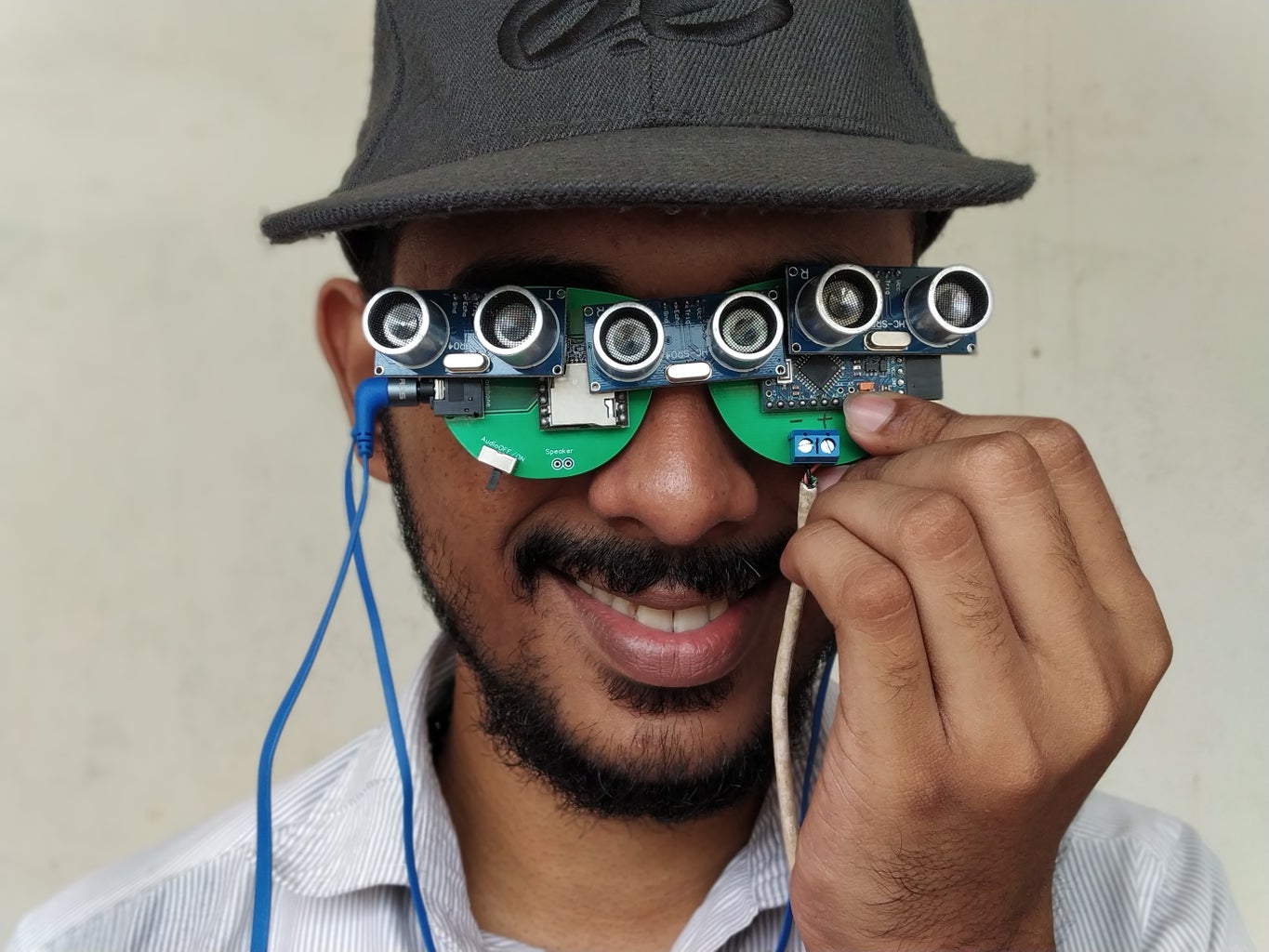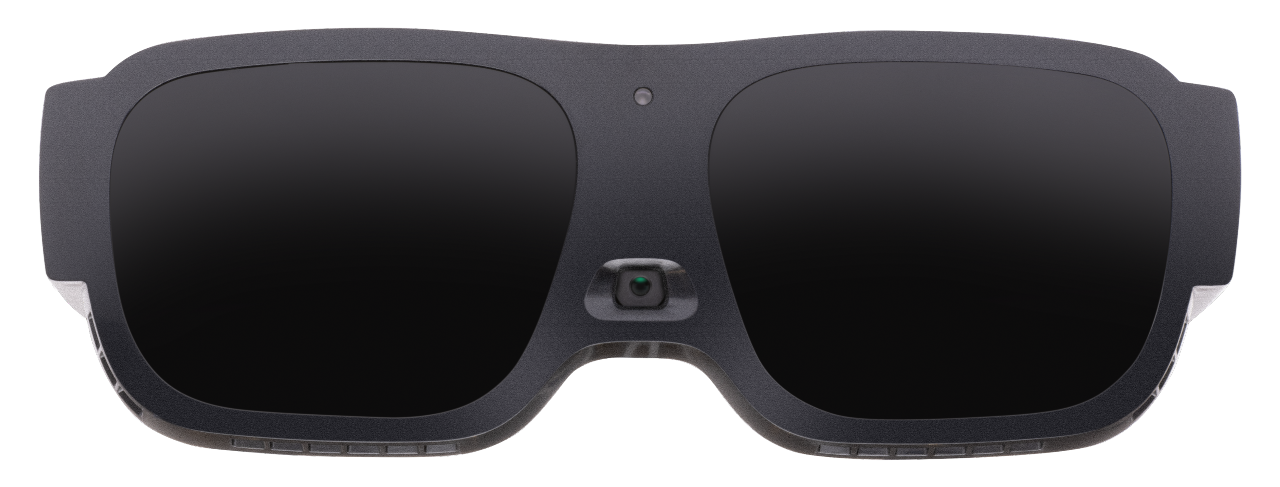Discover Advanced Assistive Tools for Individuals With Visual Impairments
The landscape of assistive technology for individuals with visual problems is developing swiftly, presenting a series of cutting-edge tools that boost freedom and involvement (Braille displays and notetakers). From smart glasses that seamlessly merge visual input with acoustic assistance to advanced navigating applications that redefine spatial recognition, these devices are reshaping possibilities. Additionally, the current innovations in Braille innovation and voice-activated systems considerably add to accessibility. Nevertheless, the implications of these growths extend much beyond simple performance; they challenge traditional understandings of disability and independence. What might this indicate for the future of incorporation and support?
Smart Glasses Innovations
Smart glasses represent a significant improvement in assistive innovation for individuals with visual impairments. These innovative gadgets integrate different features made to enhance the customer's interaction with their atmosphere. Outfitted with sensors and cams, smart glasses can catch real-time aesthetic info, which is after that refined and conveyed to the individual through audio feedback or haptic sensations. This capability enables people to receive prompt summaries of their surroundings, enhancing their ability to engage and browse with the world.
Additionally, improvements in artificial intelligence have further improved the capabilities of clever glasses. Maker discovering formulas can recognize faces, read text, and identify objects, making them vital devices for everyday tasks. Users can receive auditory hints that supply context concerning their environment, promoting self-reliance and self-confidence.
Additionally, the ergonomic layout and lightweight nature of several wise glasses make them suitable for long term usage, guaranteeing convenience while enhancing performance. As these tools remain to advance, they hold the possible to change the means individuals with visual impairments experience their day-to-days live, bridging the space between access and innovation. The recurring research and development in this area promise to increase the opportunities for wise glasses, making them a vital part of modern assistive devices.
Navigation Apps and Tools
Many navigation applications and tools have emerged as important sources for people with visual disabilities, significantly boosting their capability to go across strange environments. These modern technologies leverage GPS functionality, audio signs, and real-time information to give individuals with exact navigating support.
One prominent example is the Aira application, which connects users to qualified agents that can give aesthetic descriptions of environments and navigation assistance through a live video clip feed. This service boosts the user's spatial understanding and self-confidence while navigating. An additional noteworthy device is Seeing Eye GPS, which offers voice-guided navigation and sights, making it possible for users to gain access to vital information regarding their surroundings.

As technology remains to advancement, the growth of a lot more advanced navigating devices promises to further equip individuals with aesthetic disabilities, promoting smooth flexibility and integration into varied environments. Such advancements contribute in advertising a much more comprehensive culture.
Braille Innovation Innovations
In recent years, innovations in Braille innovation have actually considerably changed just how individuals with aesthetic problems gain access to details and involve with the globe around them. The growth of mobile Braille display screens has transformed reading by allowing individuals to connect wirelessly to computers, mobile phones, and tablet computers. These devices transform text right into Braille in real-time, making it possible for smooth communication with electronic content.
Moreover, ingenious from this source Braille printers have emerged, enhancing the manufacturing of responsive products. Modern embossers are faster and a lot more effective, enabling for the rapid creation of Braille records and educational products. This efficiency reduces the time and expense related to creating Braille resources, making them more obtainable to institutions and organizations.
Furthermore, the assimilation of Braille with various other modern technologies, such as expert system and machine discovering, has opened up new avenues for customized understanding experiences. Voice acknowledgment and synthesis technologies can match Braille, offering a comprehensive technique to information circulation.
As the need for inclusive education and work environment settings expands, these technical improvements play a vital function in equipping people with visual problems, guaranteeing they have equal accessibility to details and opportunities in different elements of life.
Wearable Tools for Independence
An expanding array of wearable tools is enhancing self-reliance for people with aesthetic disabilities, offering ingenious remedies that boost navigating and everyday living. Braille displays and notetakers. These devices use innovative innovations to offer real-time feedback and support, advertising freedom in numerous settings

Wearable modern technology additionally includes smartwatches that can be configured with ease of access attributes, enabling customers to get alerts, track their locations, or perhaps require help with the touch of a button. Additionally, some gadgets incorporate expert system to assess the atmosphere, offering audio descriptions of close-by items or individuals.
Voice-Activated Assistive Solutions
Leveraging voice-activated assistive solutions has actually transformed the landscape of support for individuals with aesthetic problems, supplying hands-free communication and accessibility to a selection of tasks. These innovations use natural language processing and synthetic knowledge to enable individuals to execute day-to-day tasks with straightforward voice commands.

Moreover, recent innovations in voice acknowledgment accuracy have boosted the customer experience considerably, fitting varied accents and speech patterns. This inclusivity ensures that more people can gain from these innovations, fostering a higher sense of autonomy.
Final Thought
Finally, the advancement of advanced assistive devices considerably enhances the self-reliance and lifestyle for people with visual impairments. Innovations such as wise glasses, navigation apps, Braille technology, wearable tools, and voice-activated solutions jointly cultivate a more comprehensive setting. These modern technologies equip customers to browse their surroundings with self-confidence and engage even more fully with the world, inevitably promoting greater accessibility and level playing fields for individuals encountering visual challenges.
The landscape of assistive modern technology for individuals with visual problems is developing quickly, offering an array of cutting-edge tools that boost freedom and interaction.Smart glasses represent a substantial advancement in assistive technology for people with visual impairments. As these devices proceed to evolve, they hold the potential to reinvent the method individuals with visual disabilities experience their everyday lives, connecting the space in between accessibility and technology.In current years, developments in Braille technology have substantially changed how people with visual impairments access information and engage with the globe around them. These innovations empower users to navigate their environments with self-confidence and involve more fully with the globe, ultimately promoting better availability and equal chances for individuals encountering aesthetic obstacles.